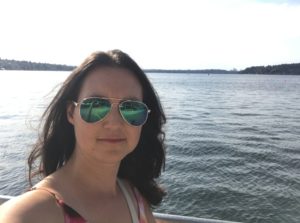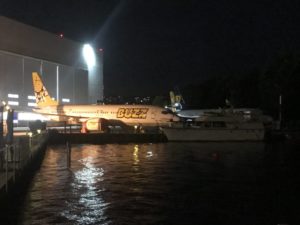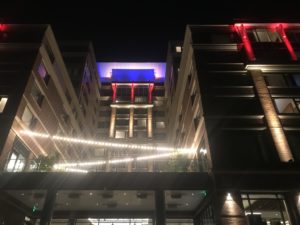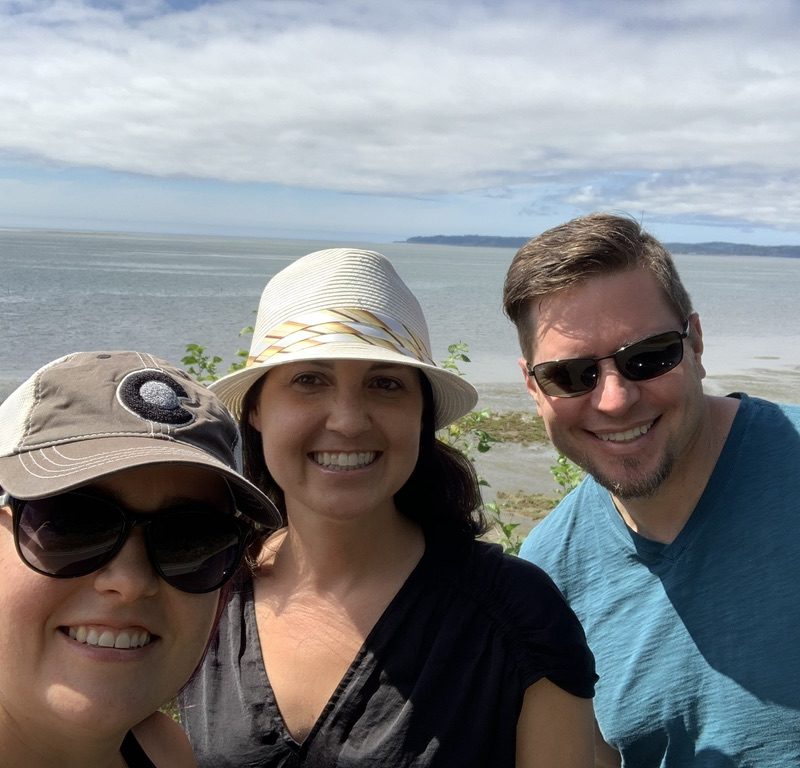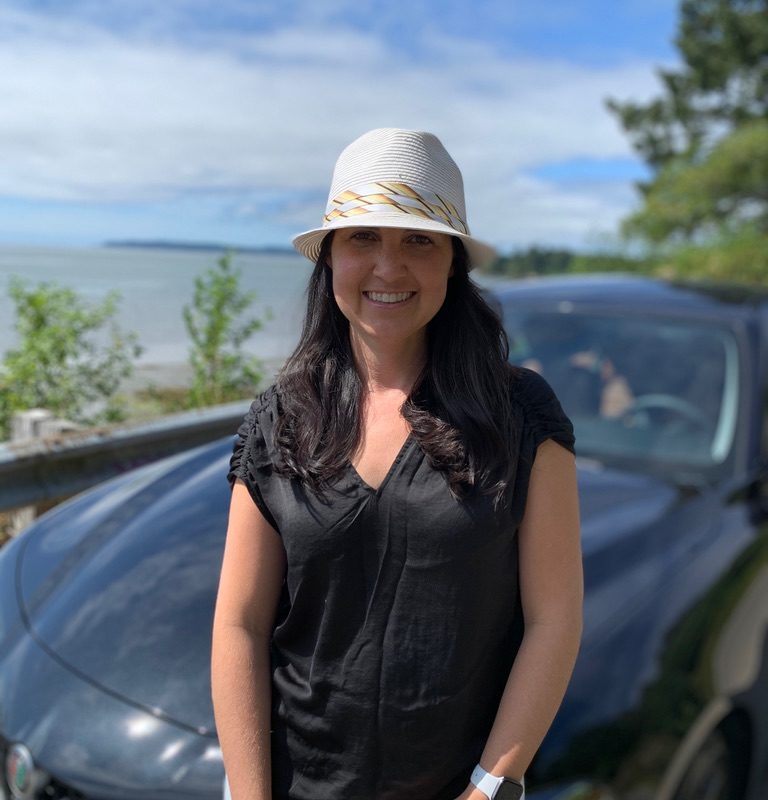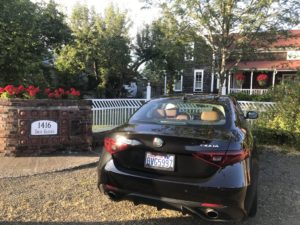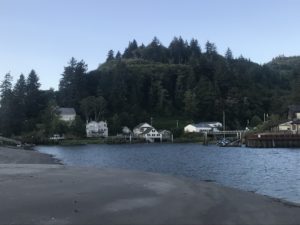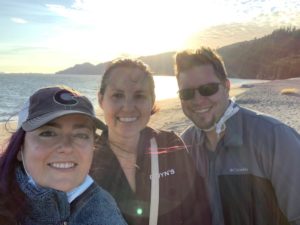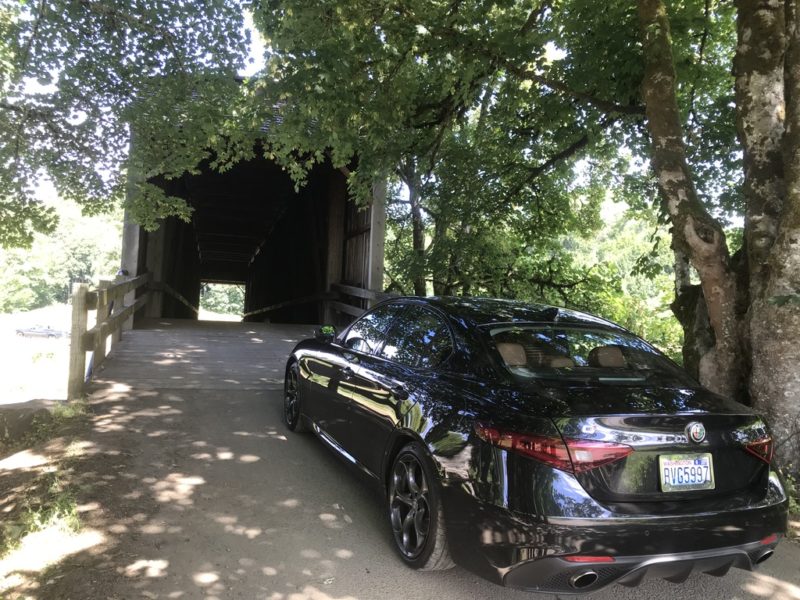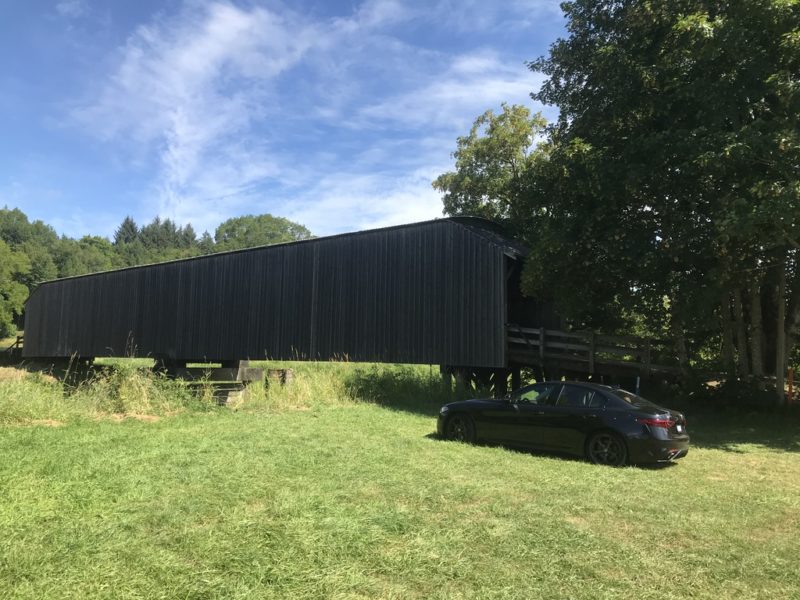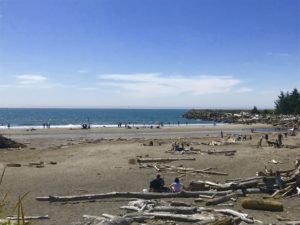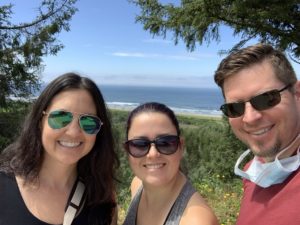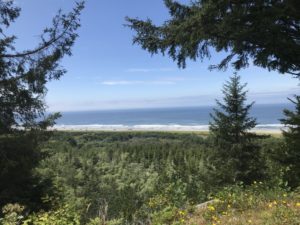Four Scenic Bridges in the Pacific Northwest
Western Washington is a maze of waterways. Starting with the Pacific Ocean, the Strait of Juan de Fuca, into the Puget Sound and Hood Canal, bordered by Lake Washington to the east and the Columbia River to the south—plus numerous small rivers and lakes in between. Thankfully, the area is well serviced with bridges and ferries.
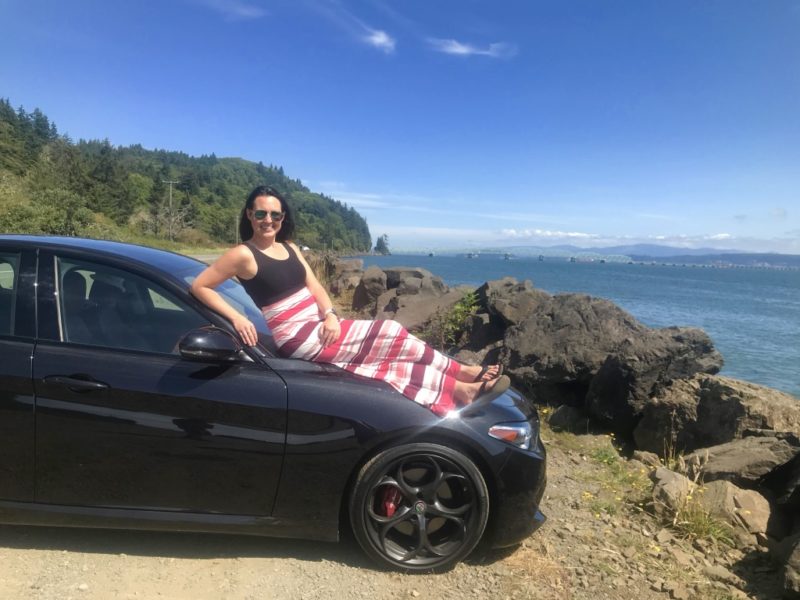
From Seattle to Portland via Bridges
A weekend road jaunt with friends started with a plan to drive Giulia from Seattle to Portland and resulted in an impromptu tour of bridges, some Pacific Ocean coastline and the mouth of the mighty Columbia River.
After a week of work, we opted to enjoy a relaxing night at the Hyatt Regency Lake Washington at Seattle’s Southport. It sits right on the lake, with a lively boardwalk, an adjacent park, and tasty eateries with a view. Parking is convenient for Giulia and I enjoyed looking at the large commercial planes sitting lakeside at the next-door Boeing Renton Factory.
Tacoma Narrows
The next morning, we leisurely started our drive in the cool, cloudy coastal conditions setting out at a leisurely pace. Our first detour of interest was to drive Giulia across the Tacoma Narrows Bridge. This is actually a pair of suspension bridges crossing the Tacoma Narrows strait of Puget Sound. The Narrows is a navigable waterway between glacial landmasses separating the city of Tacoma on mainland Washington from the Olympic Peninsula.
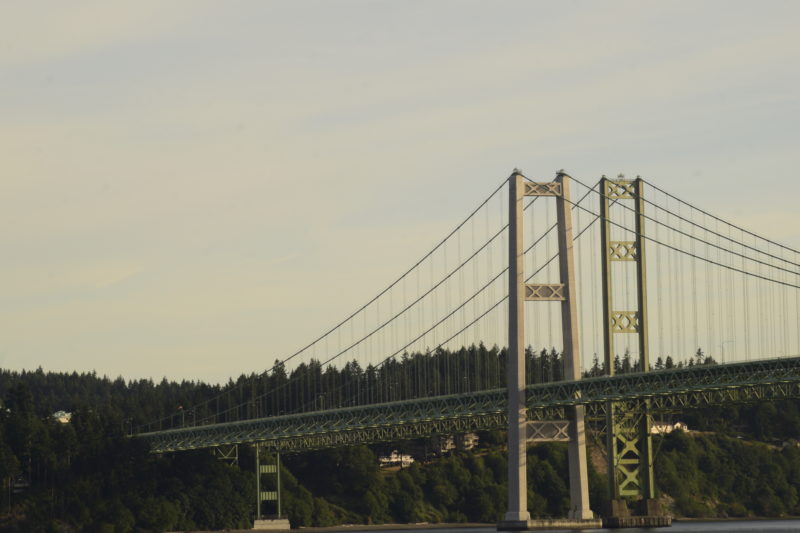
istockphoto.com/ElizabethLara
The original bridge opened in 1940 but collapsed four months later. Known as “Galloping Gertie,” the bridge developed increasing oscillations in the 42-mile-an-hour winds, which tore the suspensions loose and caused the bridge to collapse. The current re-engineered and reinforced bridge opened in 1950 and the twin bridge opened in 2007, creating the pair that connects Tacoma with the peninsula today. We drove across the bridge westbound which affords a view of the Narrows waterway below and the lush trees of the peninsula and the rocky Olympic Mountains in front.
We wandered through the small highways of western Washington, enjoying lush forests, and stopped for fresh cherries and berries at a small roadside farm stand. Eventually, we joined Highway 101 and took in several lovely viewpoints of the Pacific Ocean where long lazy waves curled onto the shoreline.
Later in the day, we explored the small coastal town of Long Beach and enjoyed a local seafood dinner. Easily accessible from Seattle or Portland, Long Beach is a resort town known for its boardwalks, kites, and beaches. Its peninsula is in the very southwest corner of Washington and is adjacent to the wide mouth of the Columbia River.
We stayed the night in Skamokawa, farther inland along the Columbia River but enjoyed the scenic drive in and out of Long Beach through the Willapa National Wildlife Refuge. (Read my blog about Skamokawa here.)
Grays River Covered Bridge
Our final day started with a short detour to Grays River Covered Bridge. In the 18th century, wooden truss bridges successfully spanned greater lengths and were built covered to protect the timbers from the weather. Built in 1905, it is a single lane and is the only covered bridge still in use as a public highway in Washington. The drive across the bridge is dark and rumbly, and it looked, well, rather gray, like its namesake river.
We drove back to Cape Disappointment State Park where the Columbia River meets the Pacific Ocean. This enormous park covers over 1,800 acres and contains a fort, two lighthouses, and hiking and biking trails, along with camping, yurts and other rentals. If you go, a Discover Pass is needed for all Washington State Parks and recreation areas. (I forgot mine on this weekend and had to pay an entrance fee!)
We very much wanted to hike to at least one of the lighthouses, but crowded parking areas and a strained timeline didn’t allow it. We did walk to a small beach and enjoyed a relaxing picnic lunch in the sun with an ocean view and the gentle, unending sound of the waves.
Astoria-Megler Bridge
Heading back towards Portland, we crossed the Columbia River, on the Astoria-Megler Bridge, opened in 1966. At just over four miles in length, it is the longest continuous truss bridge in North America. In an interesting comparison to the Tacoma Narrows Bridge, the Astoria-Megler Bridge was engineered to withstand 150 mph winds and up to 9 mph of river current speed.

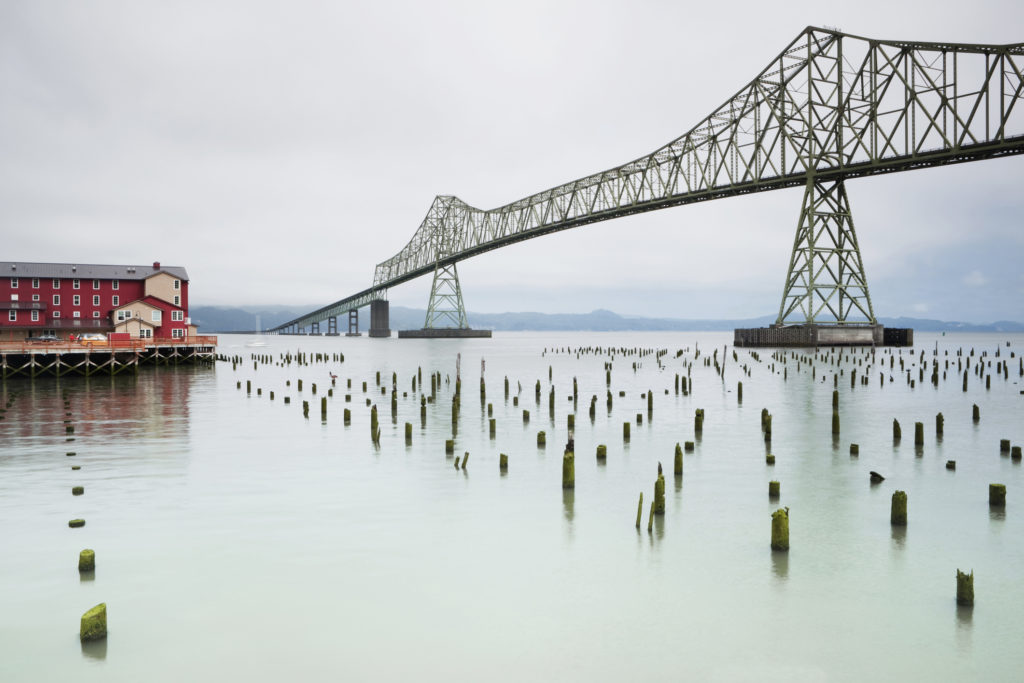
istockphoto.com/davemantel
Astoria is a colorful town on the south side of the mouth of the Columbia. It was the first American settlement west of the Rocky Mountains and became an important port city for exploration and trading. Astoria’s history and scenery are worthy of a weekend exploration of its own.
St. Johns Bridge
Continuing on, we crossed the St. Johns Bridge over the Willamette River near Portland. It’s another type of steel suspension bridge with gothic-style pillars, inspiring the name of the adjacent Cathedral Park. Portland is a city with many bridges, and St. Johns Bridge has the distinction of being the tallest. Completed in 1931, the construction was done in 21 months and $1 million under budget (remarkable in itself). At the time of completion, it had the highest navigational clearance in the nation at 205 feet.
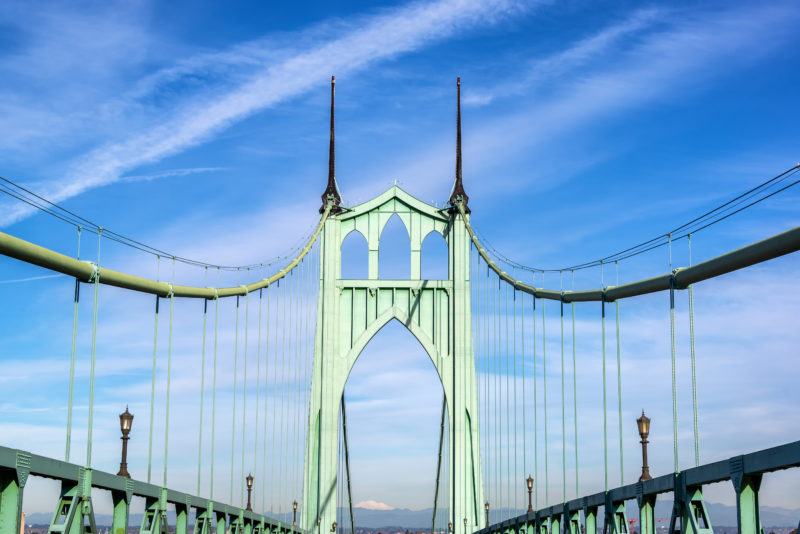
istockphoto.com/DC_Columbia
Bridges & Transitions
The friends said goodbye at the Portland Airport. As Giulia and I turned toward home, I reflected on bridges. For me, bridges can represent both connection and transition.
An actual physical bridge connects shorelines, cities, states, or even countries. On this trip, a plane and a car brought friends together for a weekend of reconnection.
When we cross a bridge, there is often a transition in the landscape. In daily life, a dog walk transitions me physically and emotionally from the intensity of a workday into relaxation and rest. Often, an event such as a graduation or the completion of a significant goal transitions us from one phase to the next in our life.
Just as it’s fun to drive a variety of bridges and learn about their style and purpose, I find it helpful to identify and visualize “life” bridges to help shift my mindset or measure my growth and awareness.
